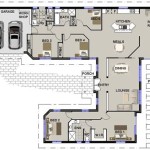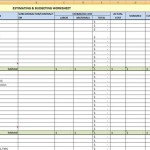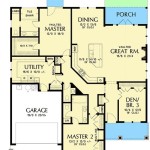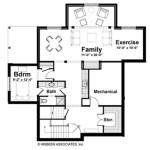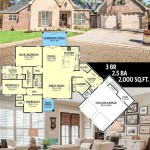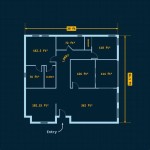When it comes to building a home, you don’t have to break the bank to achieve your dream. With a little bit of creativity and planning, you can design an economical house plan that fits your budget. Here are some tips to help you get started.
Create a Budget
The first step to designing an economical house plan is to create a budget. Be realistic about what you can afford and what features you need. Make a list of the essential features you’d like in your home and prioritize them. This will help you determine what you can realistically afford and make the process of designing your budget easier.
Choose the Right Materials
When designing an economical house plan, it’s important to choose the right materials. Consider using materials that are affordable and durable, such as wood, stone, concrete, and recycled materials. By using these materials, you can save money while still achieving a great look for your home.
Opt for Smaller Spaces
If you’re looking to save money on your home, opt for smaller spaces. Smaller rooms are more affordable to build and maintain, and they also offer more flexibility when it comes to design. Consider using a combination of rooms to create more living space, such as a family room and dining room combined.
Choose Energy-Efficient Features
When designing an economical house plan, it’s important to choose energy-efficient features. Consider installing energy-efficient windows, insulation, and appliances. These features can help reduce your energy costs and make your home more efficient. Additionally, you may be eligible for tax credits for installing energy-efficient features.
Consider Hiring a Professional
If you’re feeling overwhelmed by the task of designing an economical house plan, you may want to consider hiring a professional. A professional designer can help you create a plan that fits your budget and create a design that fits your needs. Additionally, they can help you navigate the planning process and find the materials and features that fit your budget.















Related Posts

